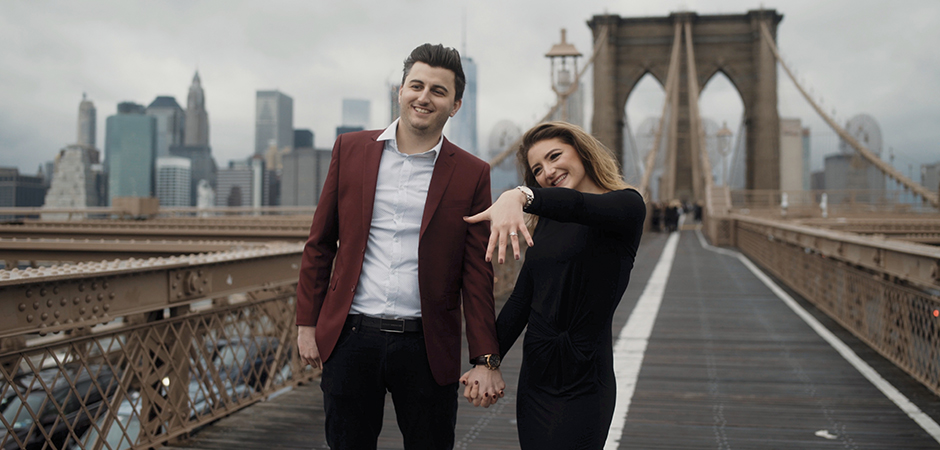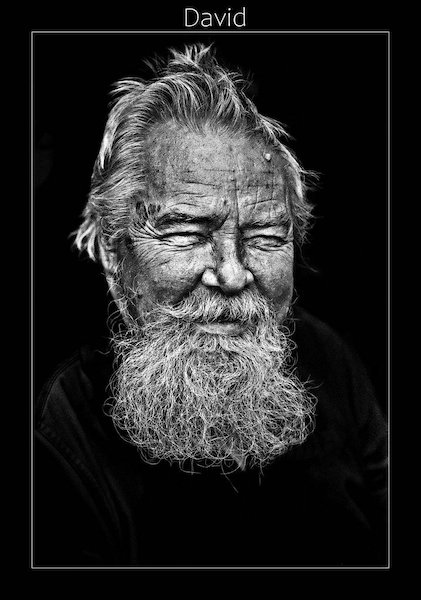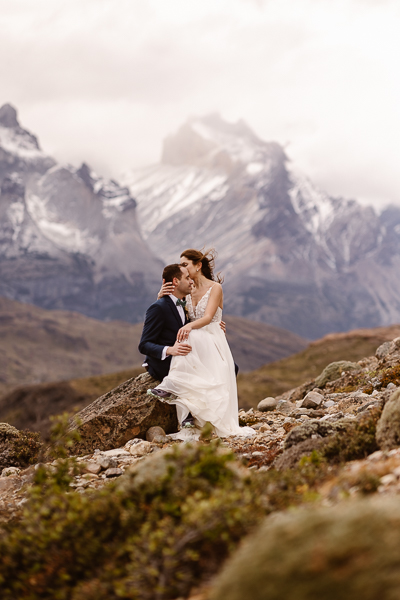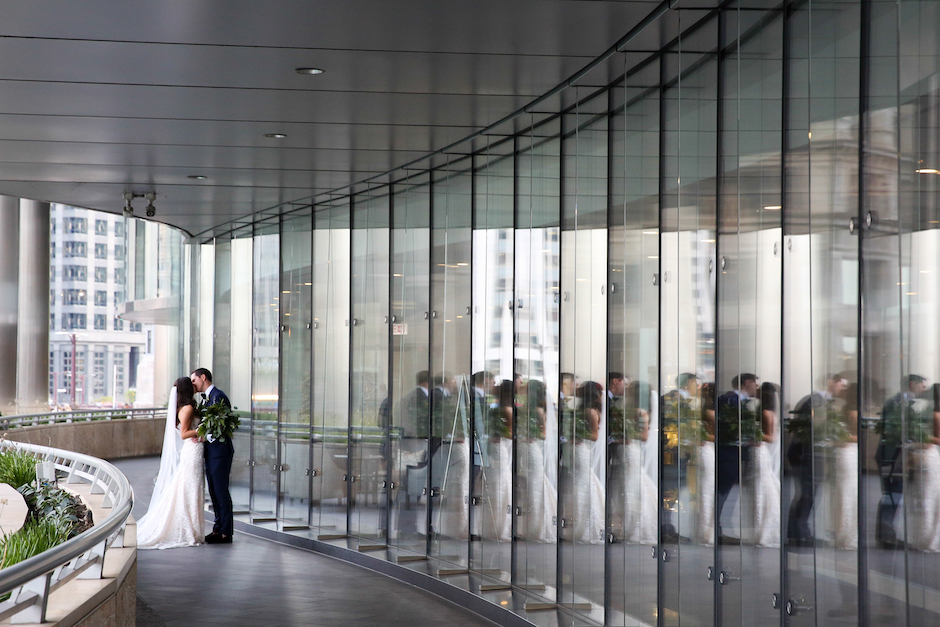Profiles
Chase Costner isn’t your typical wedding filmmaker. He isn’t even your typical teenager. While most of his peers spend their weekdays hitting the books and their weekends blowing off steam, Costner is balancing his budding cinematography business—Chase Costner Wedding Cinematography—while working on a degree in computer science at Appalachian State University, where he’s currently a sophomore. “Time management is definitely my biggest skill,” he says. No kidding.

Click the video still to watch the engagement video of Drietro & Laura, shot and edited by Chase Costner.
Connect Your Passion with Your Business
Costner’s filmmaking foray was the result of two intersecting passions: creativity and entrepreneurship.
“Whenever we had a multimedia assignment in school, I pushed to make videos,” he says. Costner was also a tinkerer, known for taking gadgets apart. This pastime led him to start a cellphone repair business, the proceeds of which helped him underwrite the purchase of his first camera. After a methodical search involving blind tests of Vimeo clips and extensive research, he settled on Sony’s a6000 with a kit lens.
It wasn’t long before he put his camera to work. His first assignment was a freebie for the high school band director, who wanted a recruitment video. Costner shot it on the a6000 and edited it in iMovie, “because it was free.”
Social Media Is a Force Multiplier
When the piece was finished, Costner’s mother, like any proud parent, posted it to her Facebook page.
Then, social media took over. A friend saw the video and requested Costner’s filmmaking services for a promotional video—his first paying gig. Naturally, Costner was “very nervous. I didn’t want to take control, I wasn’t suggesting any ideas.” Nonetheless, the finished product was also posted to Facebook. His first wedding assignment soon followed—a $300/12-hour affair for a family friend during Costner’s first semester of his freshman year in college.
That first shoot was a harrowing experience, as Costner recounts constantly battling two rapidly draining batteries that forced him to hover anxiously near power outlets for most of the reception. Nonetheless, he preserved and compiled an hour-plus final video to share with the bride and groom.
But after checking out sample wedding videos on Vimeo, Costner made a pivotal shift: He decided to create shorter, more shareable clips that were roughly 15 minutes in length and posted them to Vimeo and Facebook. He made a re-edit of that first video, posted it and began to receive inquiries from complete strangers. “People would contact me and say, ‘Hey, can you make me a video like that?’” He quickly built his own website and within two months had booked six weddings—all complete strangers through online referrals.
Make Your Investments Strategically
As his business quickly ramped up, Costner says he realized that he was completely ill-equipped to shoot serious wedding films. He was also a college student and new business owner (read: strapped for cash), so he had to be strategic with his purchases.
“Every time I filmed something, I went through a list of the problems I had, took the most impactful problem and tried to solve it first.” His first issue was powering the notoriously battery-hungry a6000, so he bought four additional batteries.
Next was a proper gear bag. “I was carrying my gear in those reusable canvas bags you get at the supermarket,” Costner says. Then he dumped an inexpensive shoulder rig he had used for the first wedding in favor of a monopod. A Rokinon 35mm cinema lens, lavalier mic, Tascam recorder and small LED for edge lighting soon followed. Finally, he added an a7S II to his kit.
Surround Yourself with Inspiration
Costner’s journey into wedding filmmaking was propelled by plenty of YouTubing (yes, it’s a verb now). He cites Kraig Adams’ Wedding Film School and the Film Riot YouTube channel as major sources of information. Costner says an in-person meeting with the filmmaker and online impresario Seth Worley also proved beneficial. Worley told Costner to surround himself with all types of creative people—not just those who do what he does.“I started to follow web developers, UI designers, photographers and interior designers—I always find something that I can take away from them.” Blogs that explore the creative process, such as Musicbed, have also proven
“I started to follow web developers, UI designers, photographers and interior designers—I always find something that I can take away from them.” Blogs that explore the creative process, such as Musicbed, have also proven fallow ground for inspiration. Of course, fellow photographers and filmmakers have chipped in with advice and guidance too. One especially welcome tip he received stuck with him. “I was told to raise my prices,” Costner says (and he did).
Be Confident
It’s not unusual for the guests or wedding photographers to assume that he’s either a relative of the bride and groom or just a hobbyist, but Costner’s learning to be more assertive. “My biggest piece of advice is to have confidence in what you’re doing,” he says. Don’t be afraid to put yourself out there. For a while I was really afraid to say, ‘I’m a filmmaker.’”
While companies large and small are scooping up computer science students like Costner for very healthy starting salaries, he admits to hearing the siren song of a career in filmmaking. “Every time I talk to my parents, they tell me, ‘Don’t drop out of school.’” He has no intention of doing so, but adds, “I’m starting to think this could be my thing.”
To read this article in the digital edition, click here.
CreativeLive Video Tutorial: The Step-by-Step Process of Making a Film From Start to Finish






